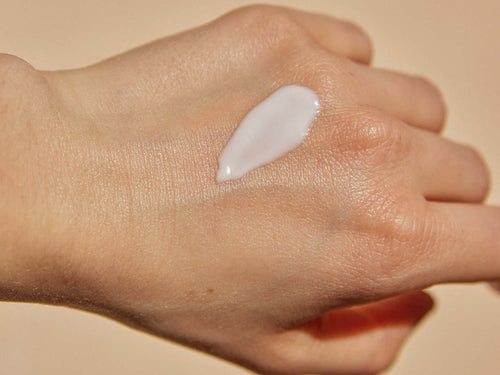Partial or total weaning involves replacing breastfeeding with bottles of formula or mom’s milk. After a few weeks or several months of breastfeeding, this detachment is often difficult for both the baby and the mom. But it’s also a big step toward independence! Below are a few tips for a successful transition.
WHEN SHOULD YOU WEAN YOUR BABY?
Breastfeeding until your baby is age 1 is recommended according to the Mayo Clinic. Breast milk contains the right balance of nutrients for your baby and boosts your baby's immune system. Still, when to start weaning your child is a personal decision.
It's often easiest to begin weaning when your baby initiates the process — which may be sooner or later than you expect. Weaning often begins naturally at age 6 months, when solid foods are typically introduced. Some children begin to gradually turn away from breast milk and seek other forms of nutrition and comfort at around age 1, when they've begun eating a wide variety of solid foods and may be able to drink from a cup. Other children may not initiate weaning until their toddler years, when they become less willing to sit still during breast-feeding.
METHOD FOR A SMOOTH TRANSITION
Regardless of your baby’s age, it is important to wean him or her gradually. This will facilitate his or her adaptation to the bottle while ensuring a gentle transition for your breasts.
- Plan to wean your baby over a period of several weeks. If you must return to work, begin the weaning at least one month beforehand.
- Begin by replacing one of the daily feeds with a bottle of formula or your own milk. Choose the feed at which you have the least milk. This will often be in the afternoon.
- 5 days later, do the same with a second feed, and then a third after another 5 days. Continue in this way until you breastfeed only in the morning and at night, or not at all if this is your preference.
- If your baby seems too destabilized, you may wish to take a break before eliminating an additional breastfeeding session. You can even reintroduce a session for a few days.
- If you have no time constraints, you can slow this method down even further, eliminating a breastfeeding session only once a week or once every ten days. The transition will be all the smoother for both you and your baby.
- With this method, it is unnecessary to take medication to end the lactation. Your breasts will progressively adjust to the reduced demand and you will be less likely to suffer from engorgement.
- If you cannot or do not wish to express milk, ask your doctor about the best formula to give your baby.
- Not only does breastfeeding supply your child with nourishment, it also provides opportunities for bonding. During the weaning period, be sure to hold your baby in your arms and cuddle him or her as much as possible to compensate for the less frequent moments of body contact.
- Don’t worry if you feel a bit sad. An important stage in your baby’s life is ending, so it’s normal to experience a kind of loss.
IF YOUR BABY REFUSES THE BOTTLE
- Try to express your own milk for at least the first few bottles, and apply a few drops of it to the nipple of the bottle. If your baby recognizes the taste of the milk he or she is accustomed to, he or she will accept it more readily.
- Do not wait until your baby is very hungry before you offer the bottle, since he or she will be too frustrated to try a new experience.
- Experiment with different nipple materials and shapes, especially ones that most closely resemble the shape of the human nipple.
- Warm up the milk before offering it to your baby, so that the experience will be similar to breastfeeding. But do not use the microwave, as there is a risk of burning the milk, and microwave heating will denature the protein.
- Ask someone else to feed the baby with the bottle (baby’s dad, nanny, grandma etc.), and use the time to take a walk or do some shopping. If your baby sees that you are near, he will not understand why your breast is not being offered.
- Give the bottle in a different room, with a different temperature and in a different position than what the baby is accustomed to for nursing.
- Do not insist if your baby refuses the bottle, pulls back or begins crying, as he will just become more stubborn. Play with him for a few minutes instead, and then try again a bit later. Above all, do not lose patience or become angry. The more pressure your baby feels, the less he will want to accept the bottle.
- Reassure your child and simply explain why it is now necessary to drink from the bottle rather than nurse. Dialogue with your baby is very important.
- If your baby is over six or seven months and refuses the bottle, you can put the milk in a sippy cup or even a regular cup.
- At nine months, if your baby does not seem to like the milk, you can replace it with dairy products such as yoghurt or cheese.












